Tesla Electric Vehicles
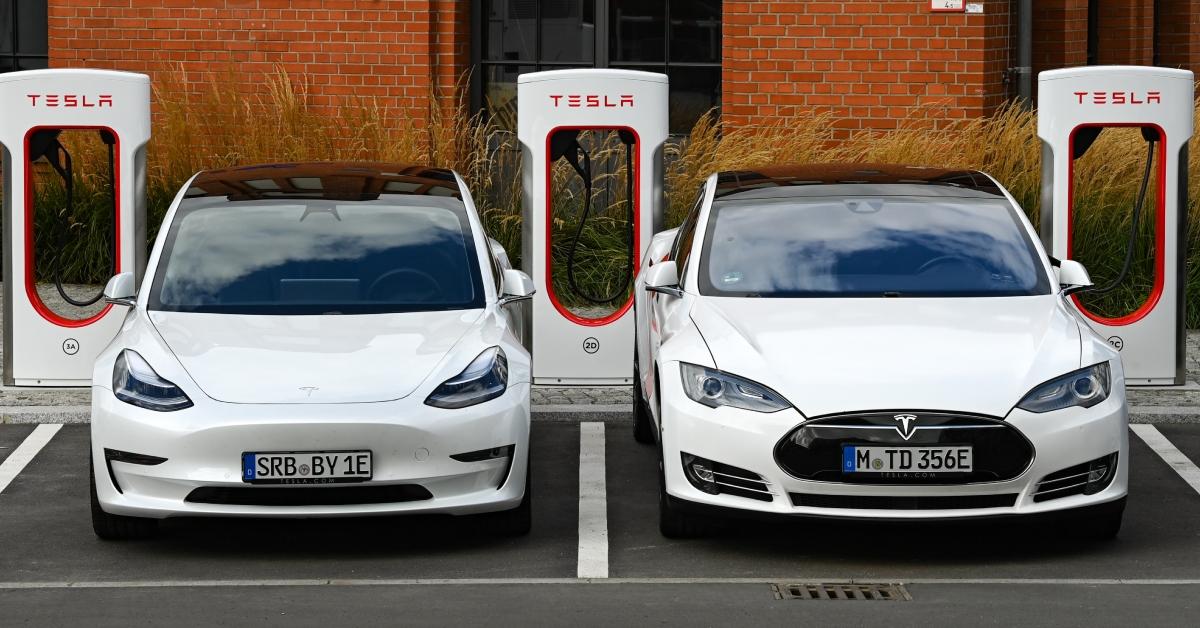
As the world becomes more climate-conscious, the electric vehicle movement continues to grow. This is because gas-powered vehicles release greenhouse gases and are responsible for almost one-third of global emissions.
Tesla Inc. has become a leader in the electric vehicle industry since releasing its first car in 2008. The growth and success of the brand have created more demand for electric vehicles and have motivated other car manufacturers to make a transition to electric as well.
Keep reading to learn more about Tesla's history, and how it became a premier electric vehicle brand.
What are Tesla electric vehicles?
According to Forbes, Tesla Inc.'s work includes the "design, development, manufacture, and sale of fully electric vehicles, energy generation, and storage systems."
The company can be divided into the segments of automotive, energy generation, and storage. However, Tesla Inc. is most known for its electric sedan and SUV designs, which include the Model S, Model X, Model Y, and Model 3, with a second-generation Roadster and Cybertruck in the works as of 2023.
Although many improvements have been made to the Tesla electric models since its release of the first-generation Roadster in 2008, Tesla vehicles have always been fully electric, meaning they do not use any gas and do not release any exhaust. The 2008 Roadster used an electric motor that was powered by lithium-ion cells, all of which were charged from a conventional outlet, per Britannica.
The Model S, Model 3, Model X, and Model Y have been made with different size battery options, which can have changed the range from anywhere below 300 miles to above 400 miles, depending on the vehicle model, per Tesla.
The history of Tesla:
Tesla, Inc. became a company in 2003 and was actually called Tesla Motors, named after Nikola Tesla, a Serbian-American inventor known for developing a power grid system that rivaled the work of Thomas Edison, per Britannica.
Founded by Martin Eberhard and Marc Tarpenning, the company was set on making an electric sports car. By 2008, the company had released its first model, the Roadster. In 2012, one of the largest funders of the Roadster project and chairman of the company, Elon Musk, took over as CEO.
That same year, the company released its first sedan design, the Model S, and started building Tesla charging stations, or Superchargers across the world. In 2015, Tesla released the Model X, as well as the autopilot function, all per Britannica.
In 2017, Tesla released the Model 3 car, and then in 2019 the Model Y vehicle. Elon Musk also revealed the Tesla Cybertruck in 2019; however, in a demonstration meant to show the durability of the windows, the glass broke.
In May 2023, there was proof that electric cars, specifically Tesla, were growing in popularity when data from JATO Dynamics found that the Model Y was the most sold vehicle in the first few months of 2023, per Business Insider.
How do Tesla electric vehicles compare to regular cars and other electric vehicles?
According to Optiwatt, calculations reveal charging a Tesla electric vehicle costs significantly less a month than putting gas in a regular car. Considering how often gas prices go up, the difference could continue to increase.
In comparison to other electric vehicles, Tesla was the brand that changed the game by making fast, efficient, long-range battery cars that were also available to the masses. Teslas helped put electric cars in fashion and increased the demand and production from other car brands too.
Besides being well-known and visually appealing, Tesla vehicles also are equipped with technology that allows the driver to regularly make download improvements and updates, instead of buying a whole new car or getting it serviced, per Topspeed.
Are Tesla electric vehicles better for the environment?
Although owning a Tesla will reduce your emissions made from exhaust pipes, the company's supply chain emissions are reported to be increasing. In 2022, Tesla's emissions totaled 30.7 million metric tons of carbon dioxide. Although this is a lower number than other car brands, where Ford reported 337 million metric tons of carbon dioxide in the same year, the point is that just because Tesla makes electric vehicles doesn't mean it is entirely and purely eco-friendly, per The Verge. Just about everything has some sort of environmental impact.
Latest Tesla Electric Vehicles News and Updates

Tesla Stock Falls As Elon Musk Falls Out of Public Favor
Tesla stock nose dived on Feb. 25, 2025, as owner Elon Musk's popularity fades with people around the world.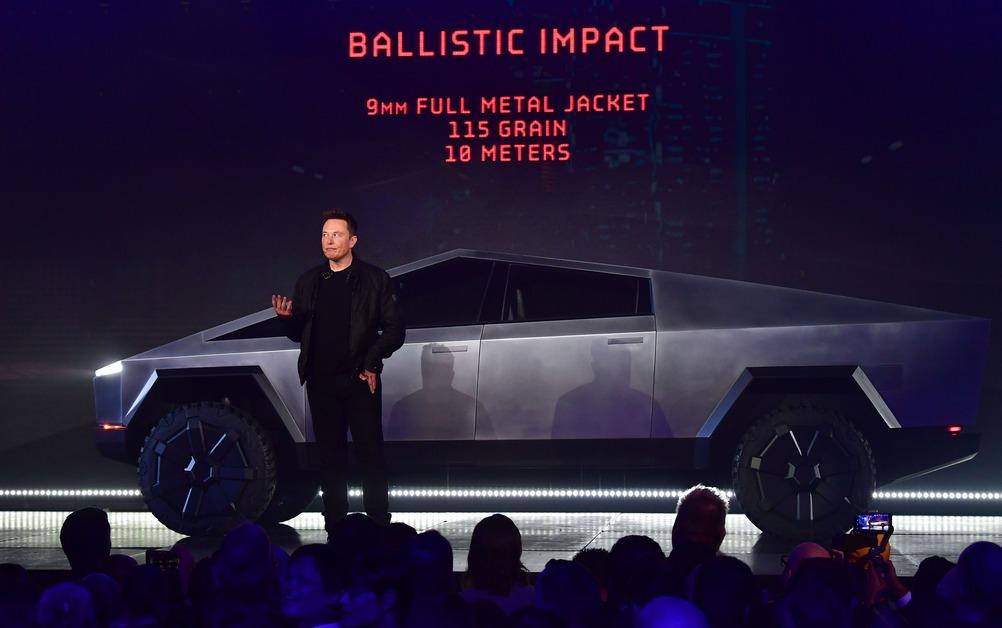
Tesla Claims the Cybertruck Is Bulletproof — but Only to “Outdated” Firearms
When Tesla unveiled the Cybertruck in 2019, it made the ambitious claim that the vehicle would be bulletproof. However, many remain skeptical.
Does Tesla's $100,000 Cybertruck Really Rust? Customers Are Instigating "Rust-Gate"
Are the new Tesla Cybertrucks prone to rusting? Though vehicle owners are furious, the stainless steel exterior itself is likely not rusting. Let's talk rust dust.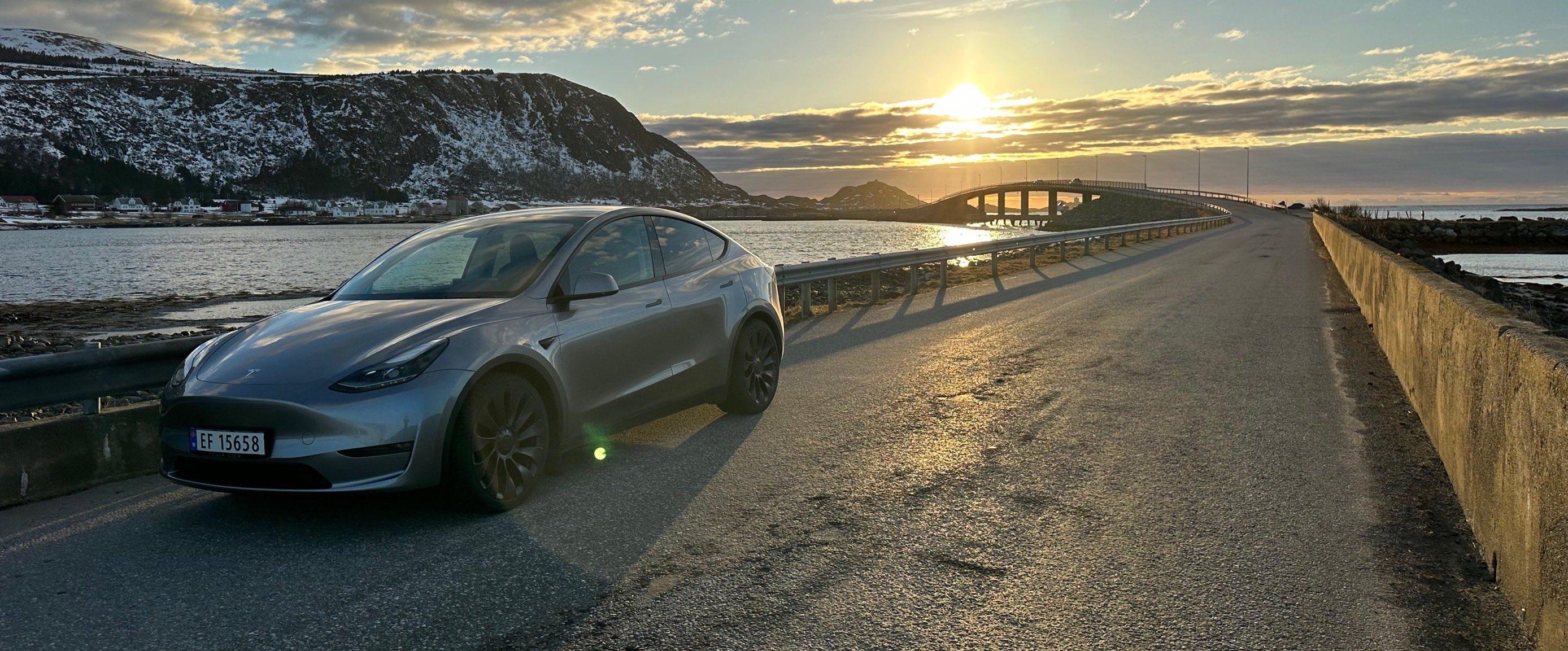
Tesla Recalls Nearly 2 Million Vehicles Over Autopilot Software Defect: Details
Tesla does have its fans — but one of them doesn't seem to be the National Highway Traffic Safety Administration. Here's a record of all the recalls.
Why Are Teslas Being Recalled? Check Your Vehicle's Brakes Today
Tesla is recalling over 54,000 of its Model X SUVs over faulty brake fluid. See if this Tesla recall or others apply to you and your vehicle.
Elon Musk Believes AI Could Destroy Us All — So Why Is He Investing in It?
Although Elon Musk has many controversial tech opinions, you may be surprised to learn that he is skeptical of artificial intelligence.
Tesla Driver Charges Car in the Kitchen: "Too Cheap to Get the Tesla Charger Installed"
Tesla vehicles can be charged from outlets you have in your home, but should you have a Tesla charger installed? How much does a Tesla charger installation cost?
Could Alef's Flying Cars Help Fight Climate Change?
A startup got the green light to test its flying car prototype — is Alef the future?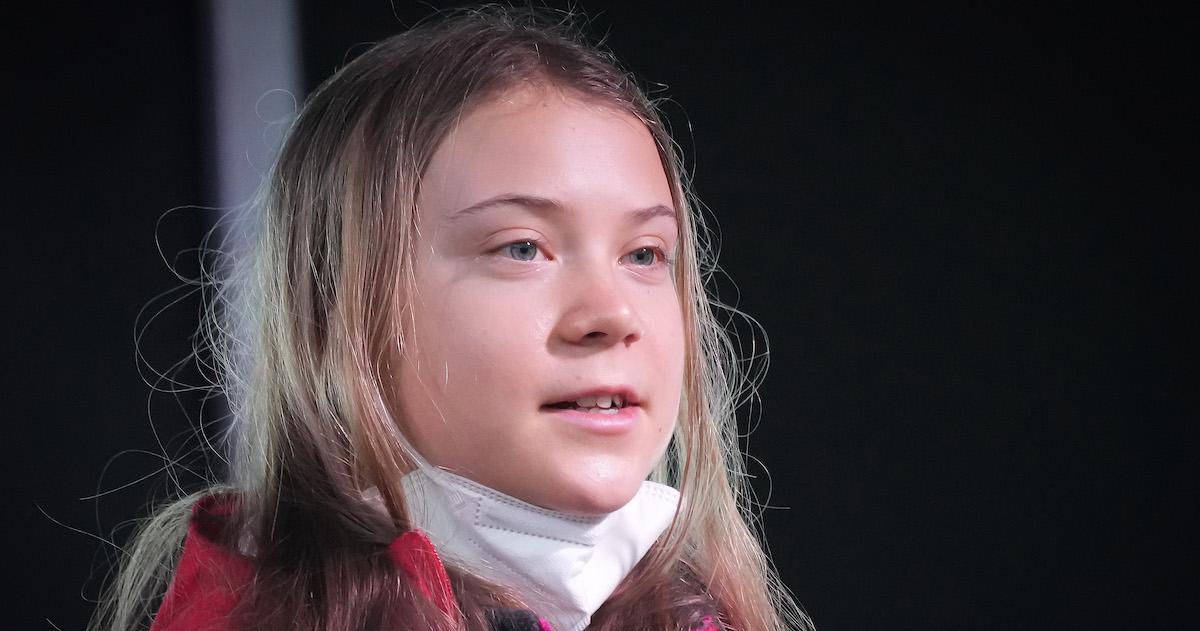
Greta Thunberg Calls Out Andrew Tate's "Small Dick Energy" — Does She Have a Car?
Does Greta Thunberg have a car? Here's what we know about her preferred modes of transportation.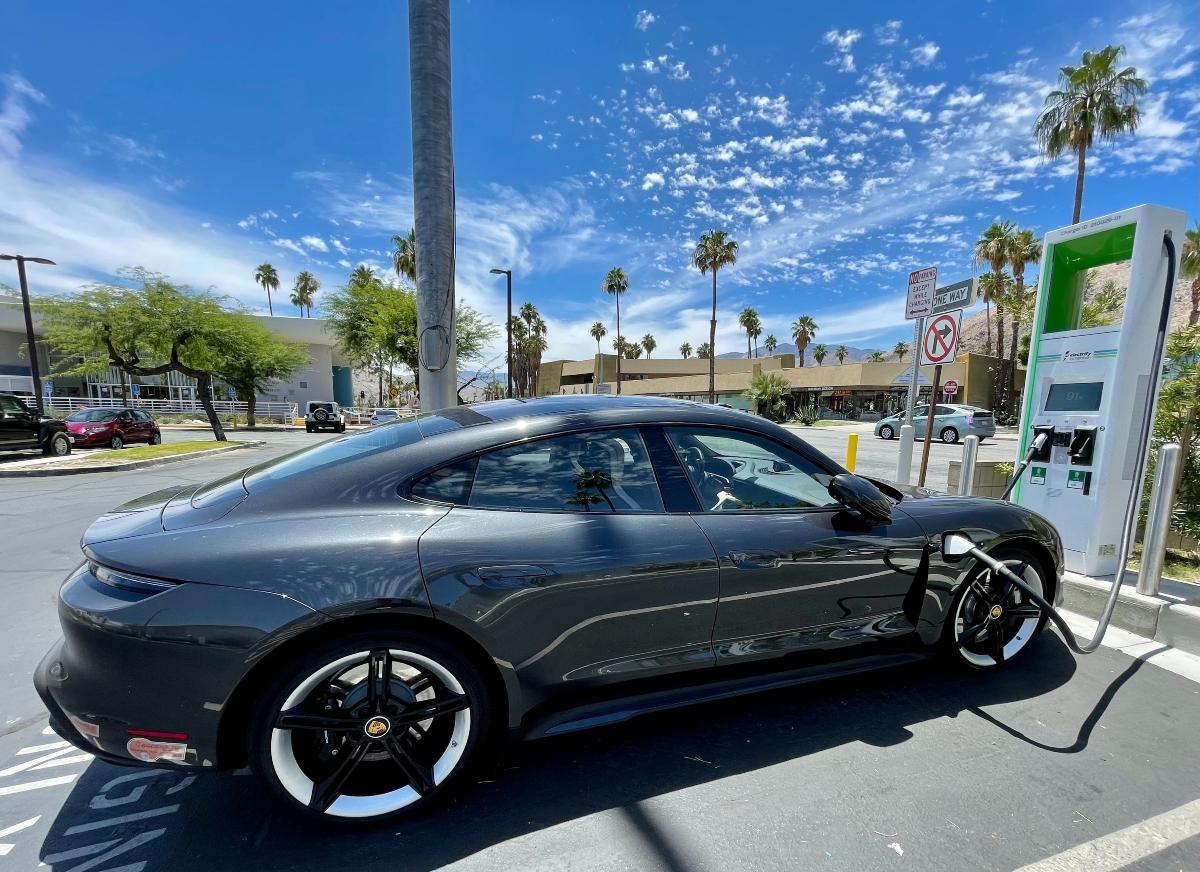
Navigating Flaws in the Electric Vehicle Transition
There's an inconvenient truth about electric cars. Despite all of their benefits, there are important flaws with EVs.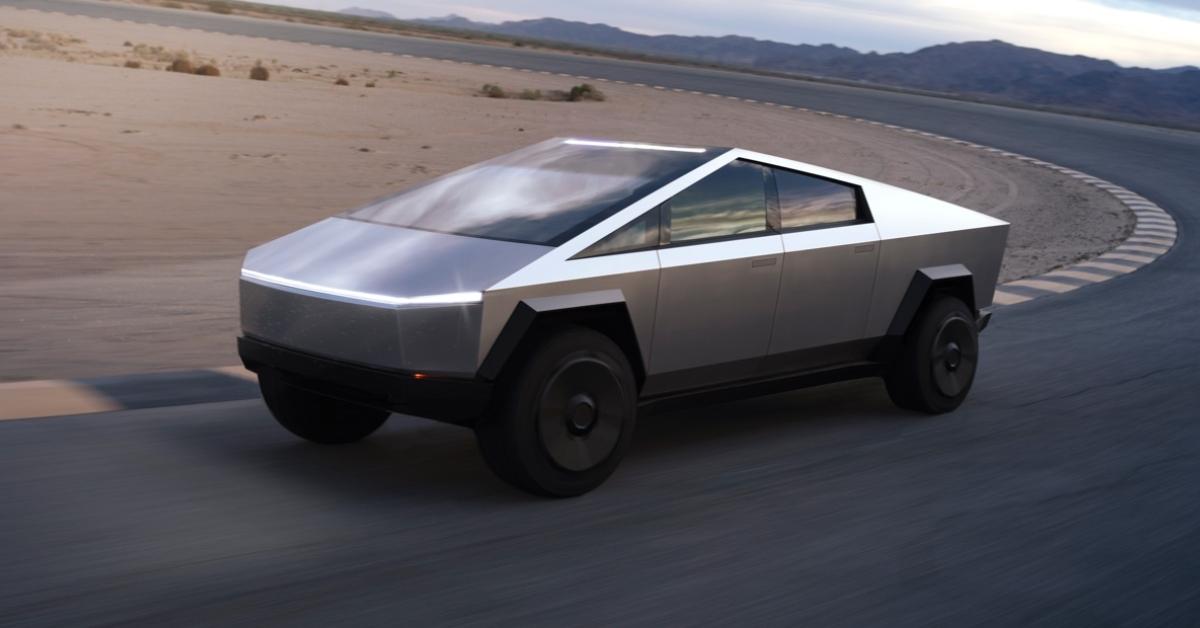
Investors Get a Peek At Tesla Cybertruck's Minimalistic Interior
The Tesla Cybertruck's interior features a large display screen and dashboard made of recycled paper. The electric trucks are expected to be delivered in early 2024.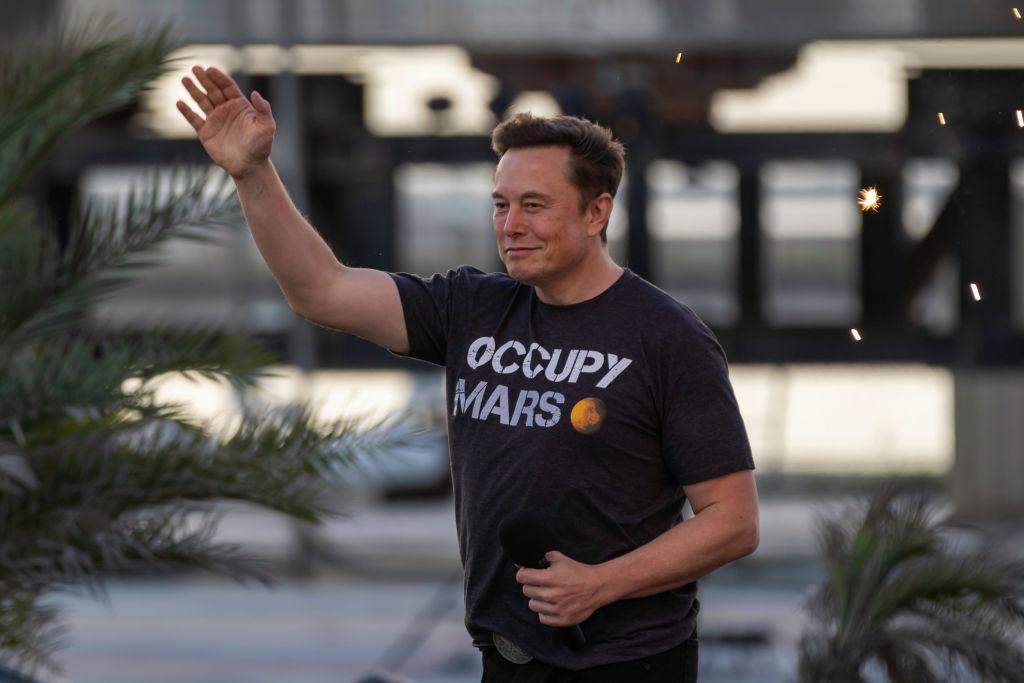
5 Reasons Why People Hate Elon Musk — From Labor Violations to Misinformation
Why do people hate Elon Musk? From labor violations to spreading misinformation, there are a lot of reasons why people can’t stand the guy.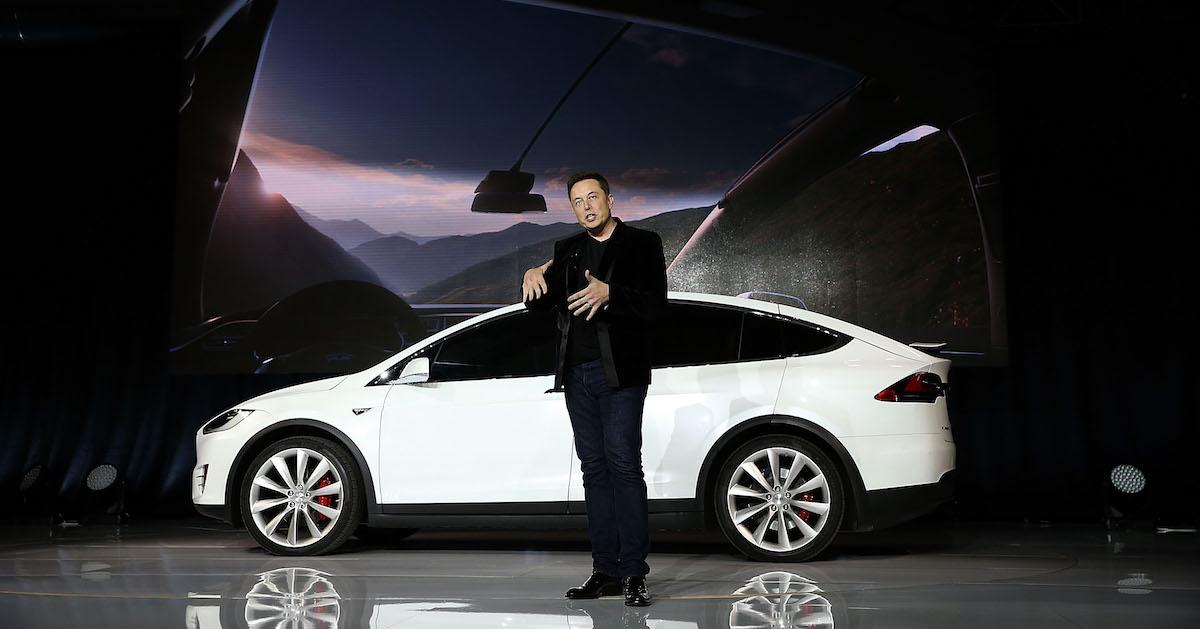
Tesla Cuts Prices, Due to Declining Stocks and Elon Musk’s Erratic Behavior
As a result of Tesla creator, Elon Musk's erratic behavior on Twitter, stock prices and sales are dropping — which may lower the brand's prices.
A Former Tesla Employee Now Runs One of the Largest EV Battery Recycling Plants
One of Elon Musk's former employees at Tesla now runs one of the largest EV battery recycling plants in the U.S., called Redwood.
EPA Proposes Adding More Biofuel to Gasoline — Here’s What That Will Mean
What is biofuel? Although it's often touted as a clean energy resource, it certainly isn't as clean as transitioning to an electric vehicle.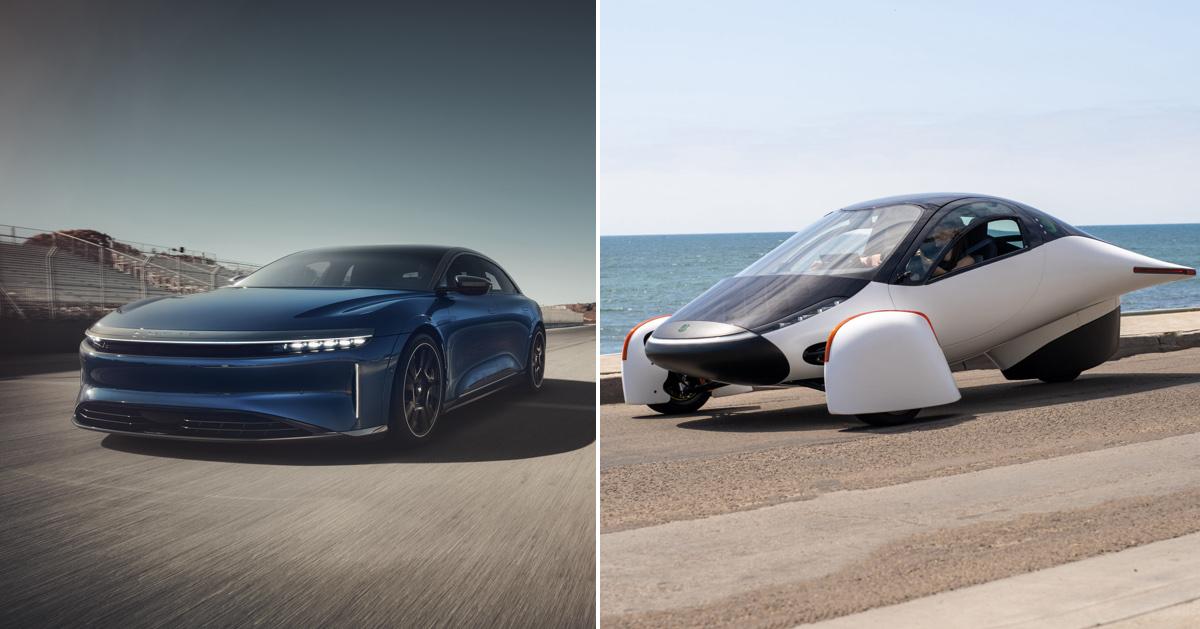
Over Elon Musk? These Top Tesla Competitors Are Just As Cool
Tesla’s top competitors could be receiving an influx of business following the downfall of Twitter thanks to Elon Musk.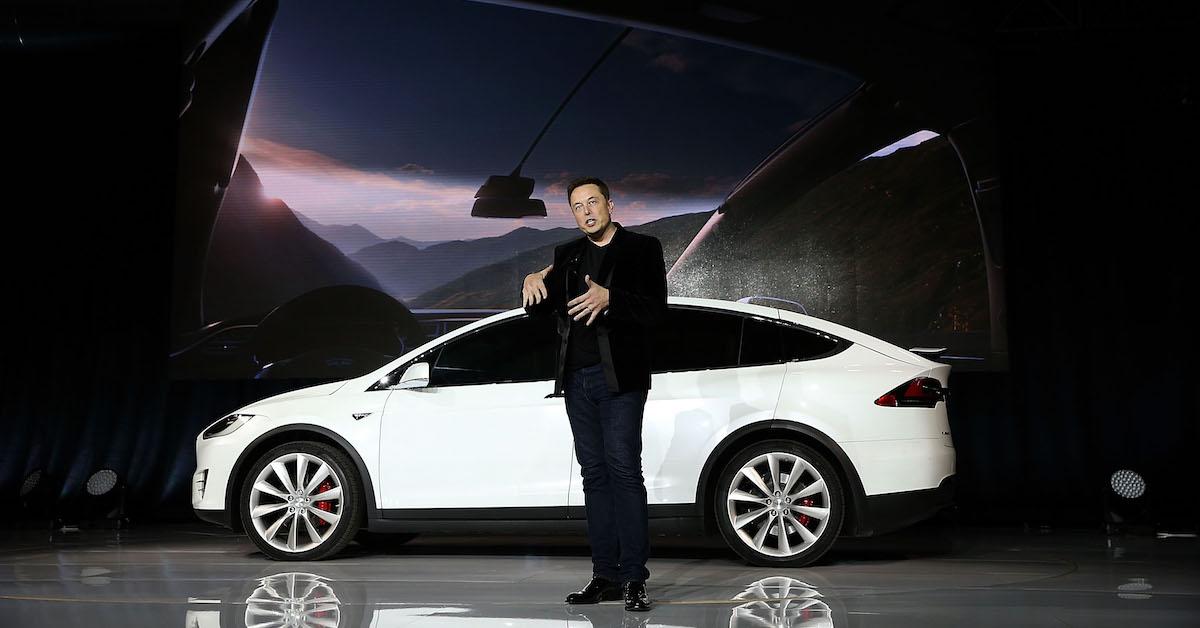
Tesla Is in Hot Water After Underreporting Environmental Data
What is Tesla's 2022 controversy about? Environmentalists are furious with the sustainable car company 2022 for underreporting environmental data.
Tesla's Lawsuit in Berlin Was Dropped — but Here's Why It Started
Tesla's factory just outside of Berlin went through a major lawsuit that was eventually dropped — here's everything you need to know about it.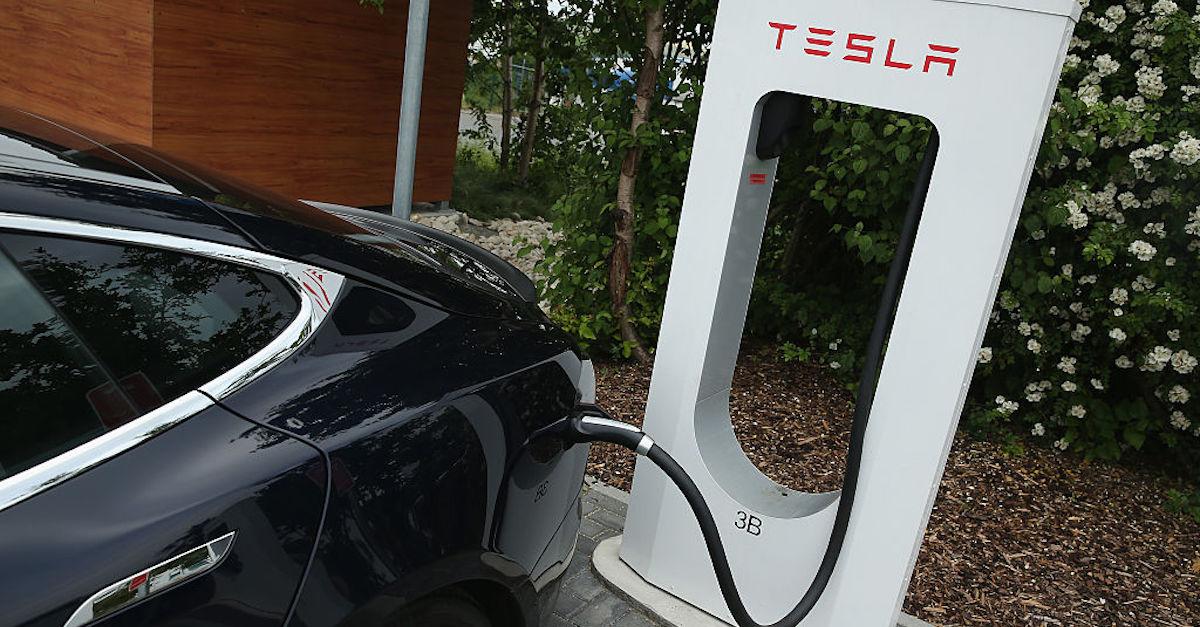
Attention EV Drivers: There May Be Full Tesla Rest Stops in Our Future
Electric vehicle drivers may be looking forward to full Tesla rest stops after Elon Musk filed a trademark application for restaurant services.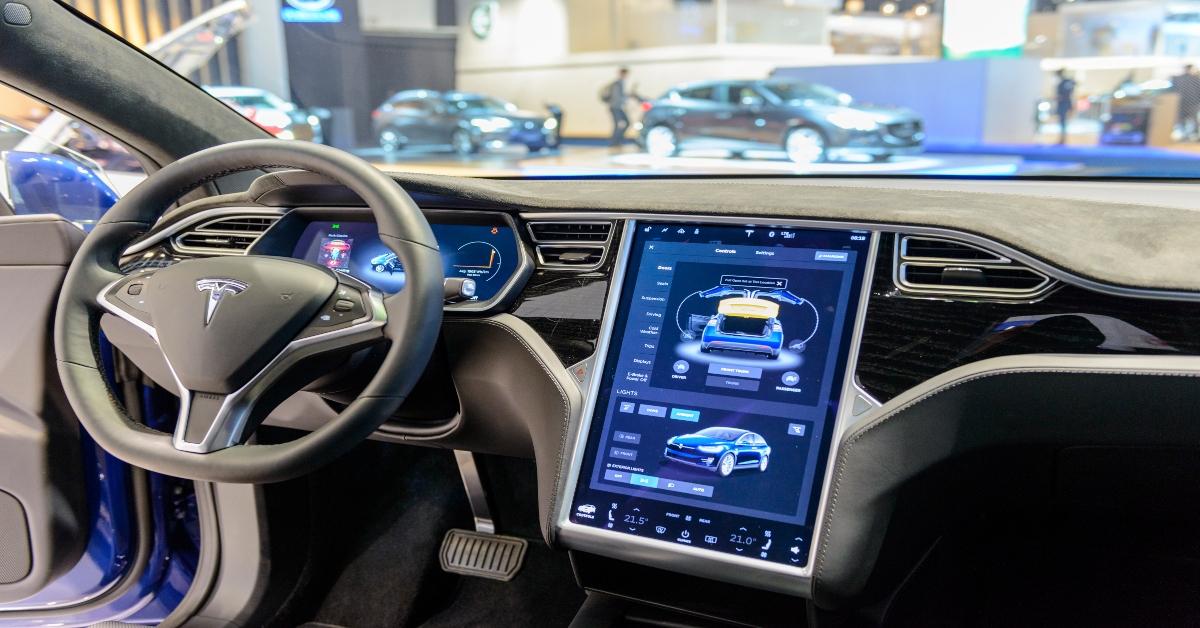
Do Teslas Have Transmissions? Here's How They Work
Tesla’s electric vehicles are perhaps the most recognizable electric cars on the market today, but how exactly does an electric engine work and how does it differ in terms of components?-1511807143164.jpg)
Tesla Meets 100-Day Goal To Install South Australia Powerpack Facility
Tesla CEO Elon Musk promised to help South Australia with their energy problems in record time.
Tesla Is Officially Bringing A Second Huge Battery To Australia
Tesla is planing to create a 20-megawatt Powerpack system for a 204-megawatt wind farm at the future Bulgana Green Power HUb.-1500051067528.jpg)
Tesla Races To Meet Their Ambitious Goal Of 10,000 Superchargers
Demand for Tesla's new supercharger stations has finally reached the goal of 10,000.
Talk Of Tesla's Plan To Bring Gigafactory To China Ignites Industry
Chinese may be getting a shot in the arm with a new Tesla gigafactory to be rumored to happen soon.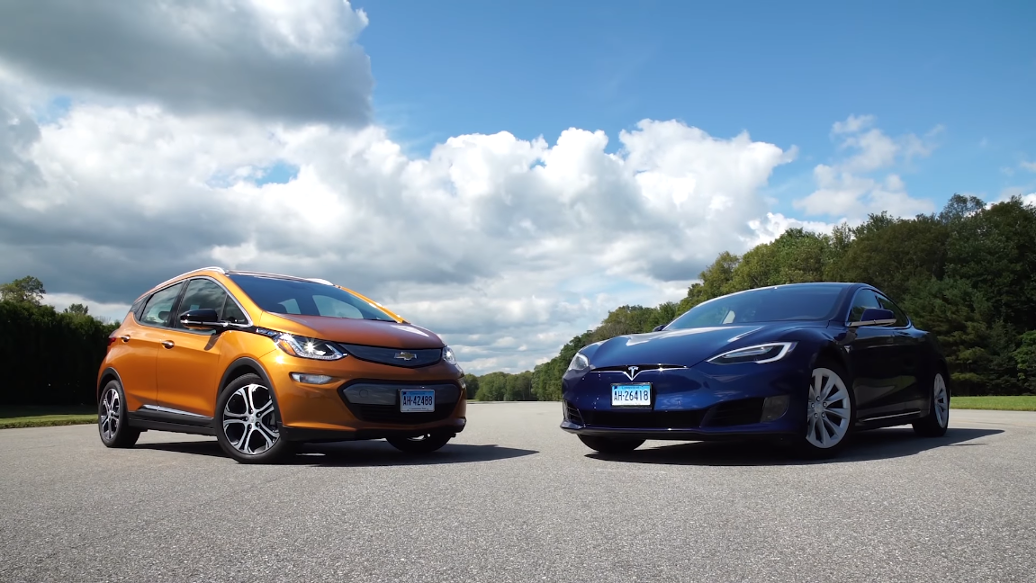
Chevy Bolt Becomes Fiercely Competitive With Tesla Model S
Though Tesla leads the market in electric vehicles, Chevy is coming for them with the Bolt, which reached an EPA of 250 in a recent test, just 0 miles short of the Model S's range.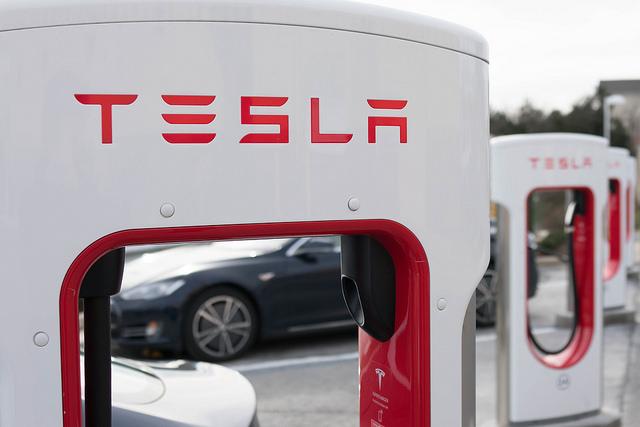
Tesla Plans To Launch 18,000 Superchargers By End Of 2018
The Model 3 will put a huge demand on superchargers, but thankfully Tesla is anticipating that demand with a goal to launch 18,000 superchargers by the end of 2018.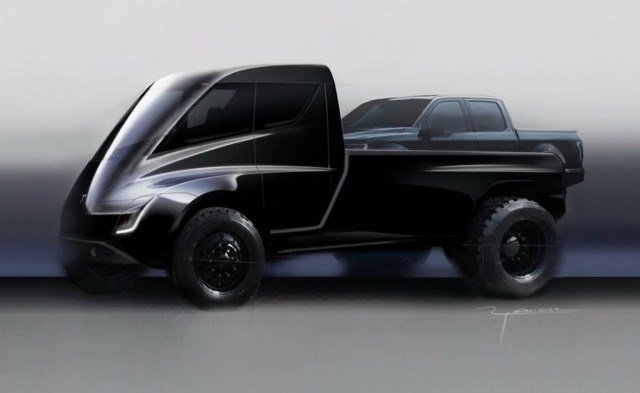
Tesla Is Working On An Electric Pickup Truck
CEO Elon Musk has confirmed that Tesla is working on a pickup truck that has been in the works for five years but there is no official release date yet.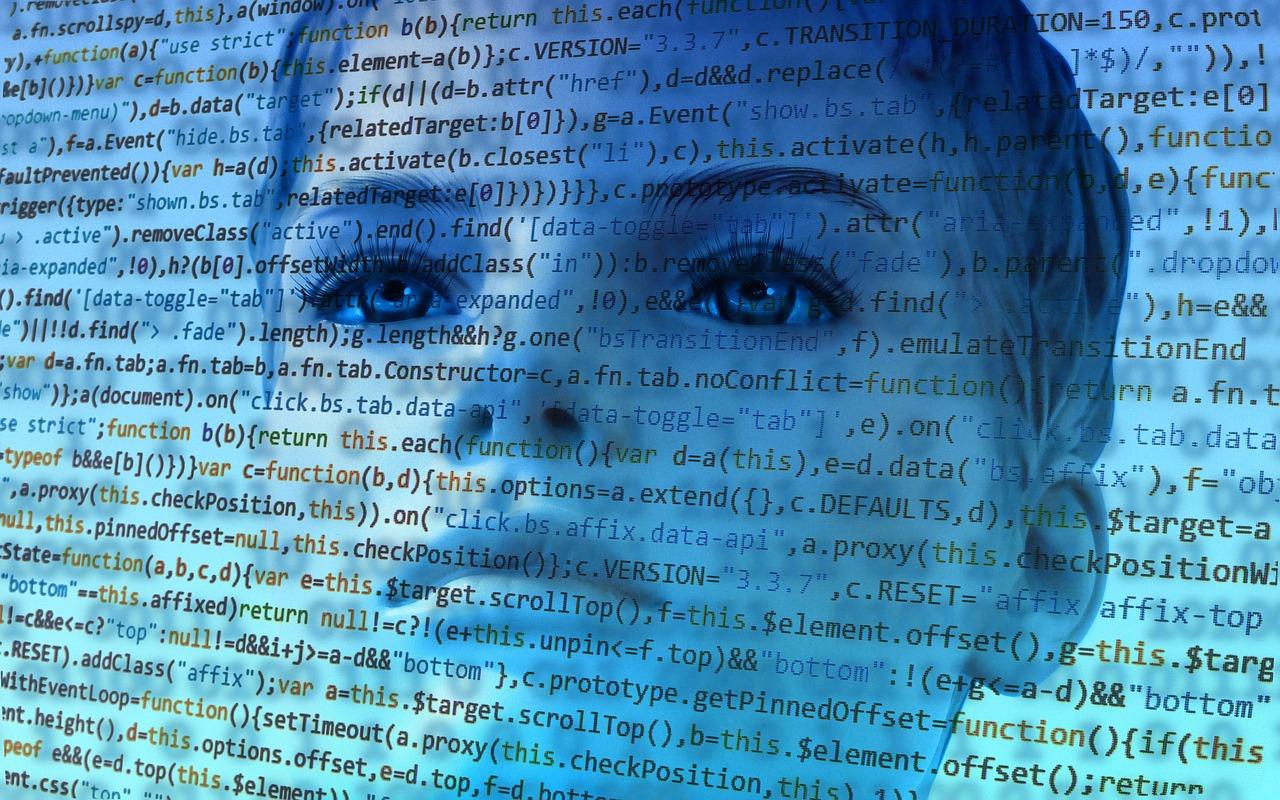
Tesla's Autopilot Chief Transitions From Company After 6 Months Of Service
The chief of Tesla's autopilot program has named a new operator after a series of fatal accidents.
Tesla Will Begin Building Upgraded Supercharger Stations In United States
Supercharger stations in the United States will soon be getting upgraded by Tesla throughout major cities.
Anheuser-Busch Reserves 40 Of Tesla's Self-Driving Electric Semi Trucks
The Budweiser company has ordered 40 Tesla semi-trucks to cut down on fuel costs and reduce carbon emissions.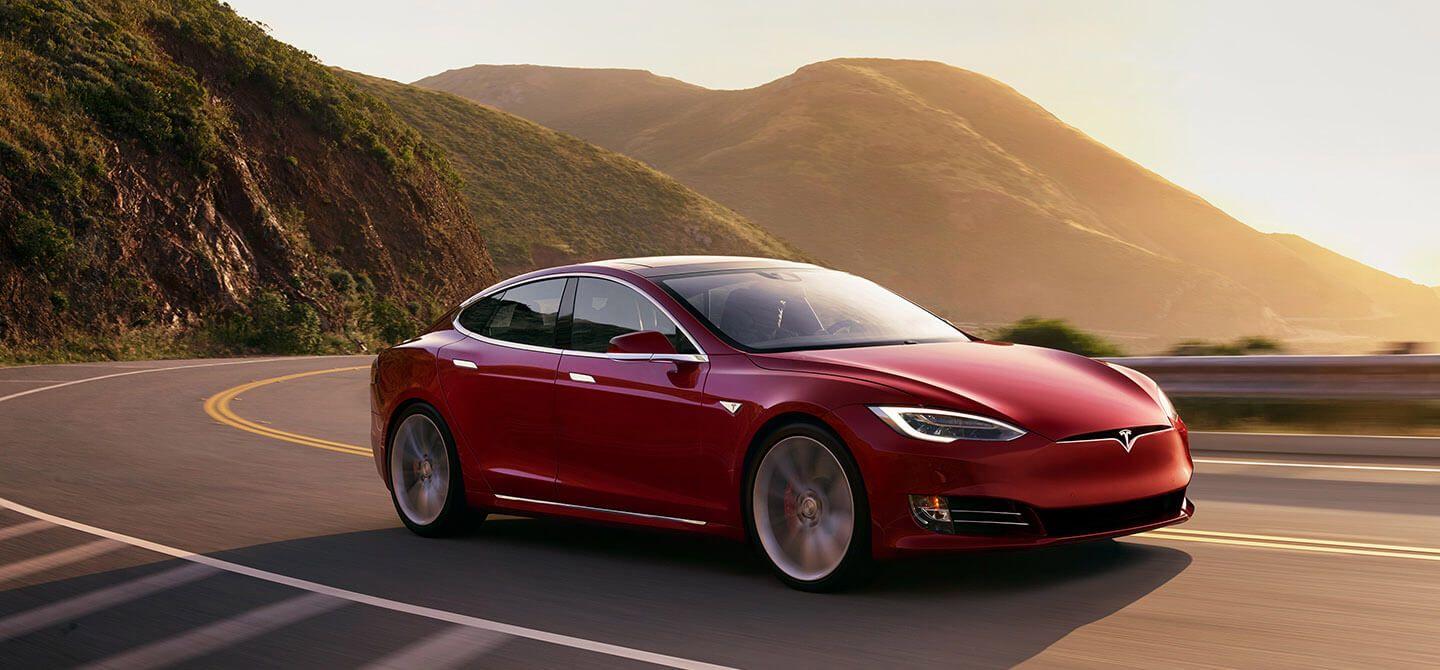
New Smart Air Suspension Feature Coming To Tesla Model 3
The Smart Air Suspension, which is already available in Tesla Model S and Model X vehicles will soon be available for the Model 3.
NTSB Reveals Tesla Driver In Fatal Autopilot Crash Ignored Numerous Warnings
Tesla's autopilot was underfire for a fatal crash but it turns out according to NTSB it was more on the driver.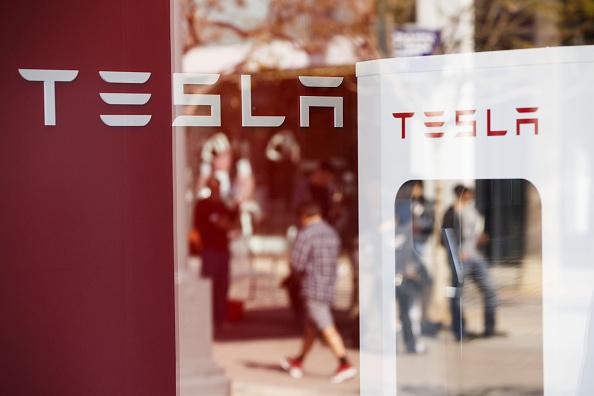
Tesla's First Mass-Market Car To Hit The Road This July
The model 3 from Tesla is set to debut this summer in the US.
World's Biggest Electric Dump Truck Matches Tesla's Power Capacity
Ciments Vigier, based in Switzerland, have been able to repurpose an old dumper truck into an environmentally friendly machine.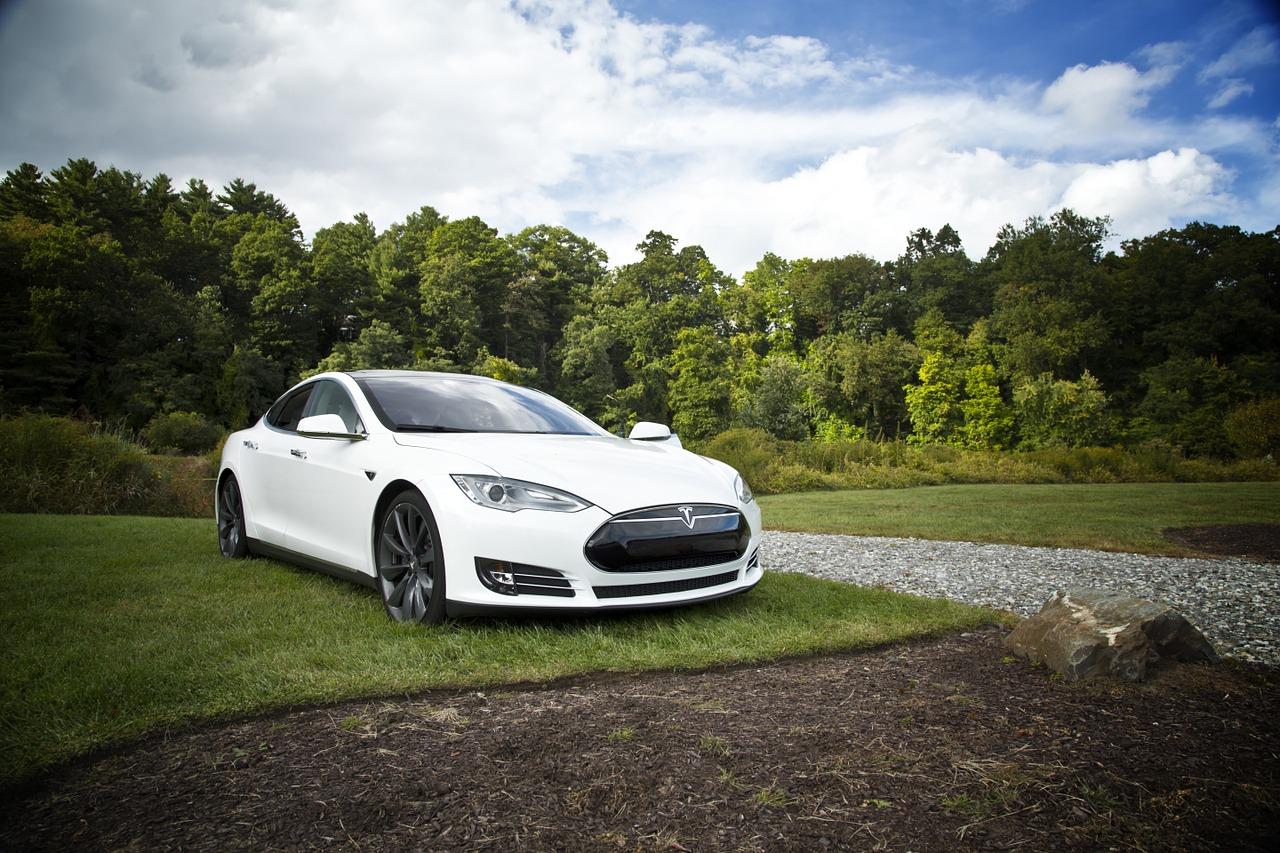
Elon Musk Says Tesla Could Dominate EV Market With 20 Gigafactories Worldwide
The electric vehicle market competition is ramping up but Elon Musk thinks tesla has the advantage.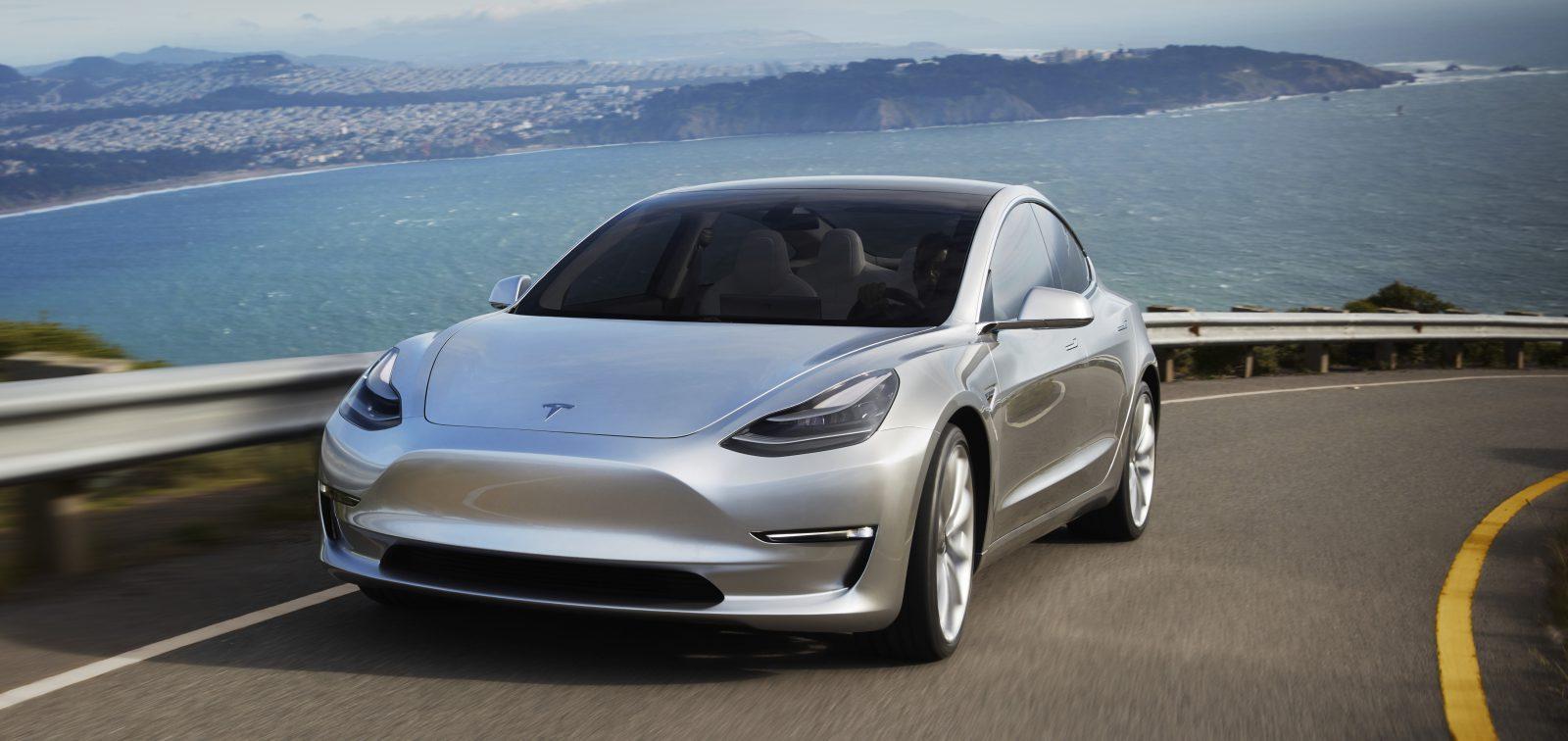
Tesla Just Took A Major Risk To Make Sure The Model 3 Is On Time
Tesla needs to meet demand and production timelines for the Model 3 and in order to do so has taken a big risk
Tesla Is Now The Most Valuable Automaker In The U.S.
Surpassing Ford and General Motors has made Tesla the most valuable automaker in the United States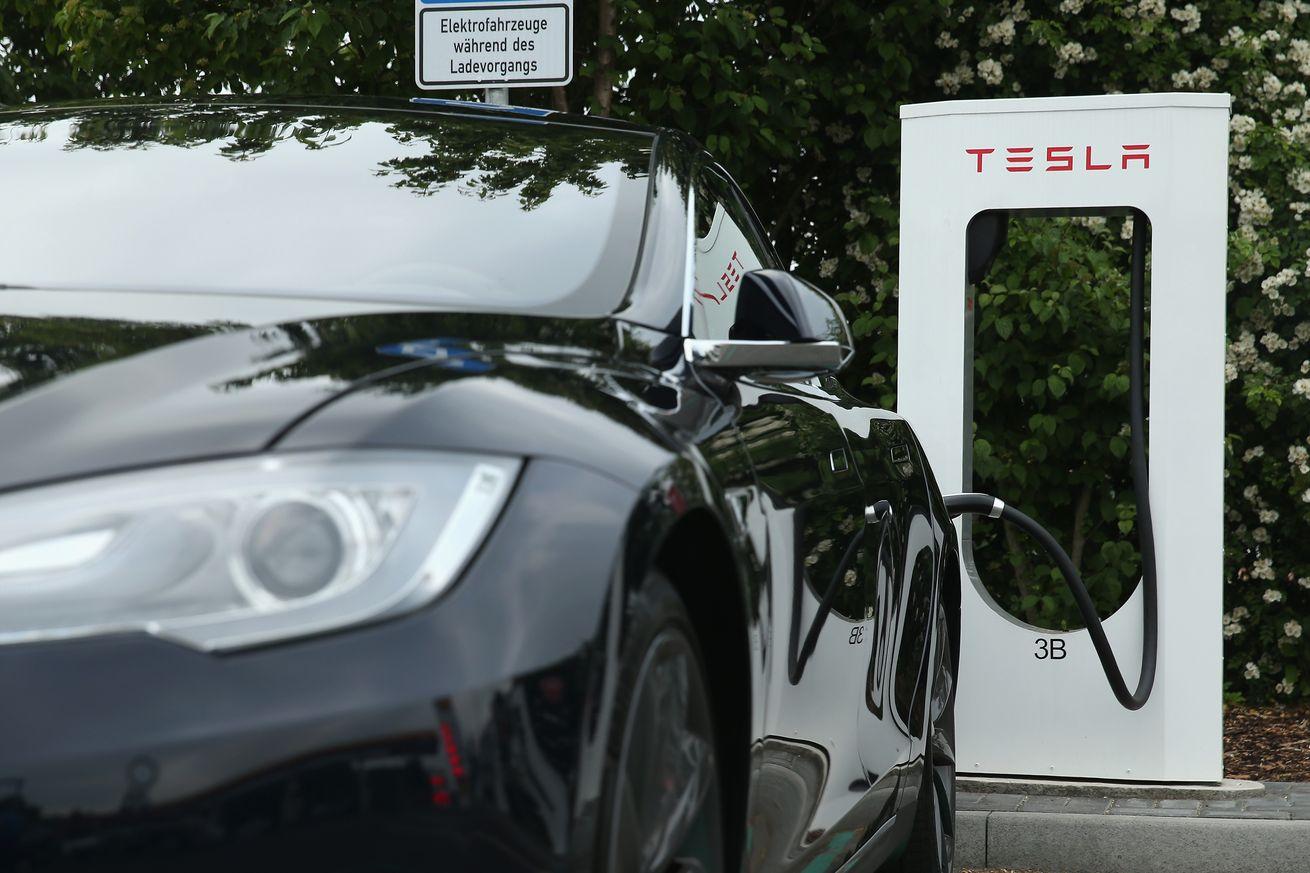
Tesla Is Now Worth More Than Ford Motor Company
In the last few days of trading Tesla has become a more valuable company than Ford Motor Company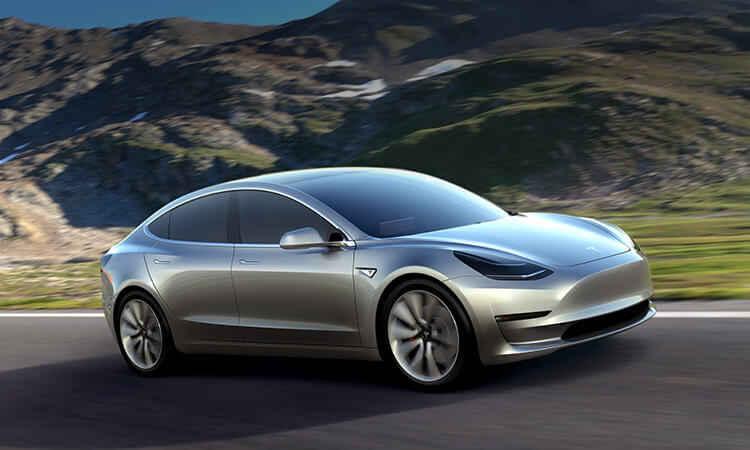
Tesla Unveils New Details Of Model 3 And Model S
Tesla has dropped some information on their highly anticipated model 3 sedans which will be a lower price point.
LA Teen Creates Tesla Ridesharing Service For Southern California
Ridesharing just got even more eco-friendly with a service designed around Tesla cars.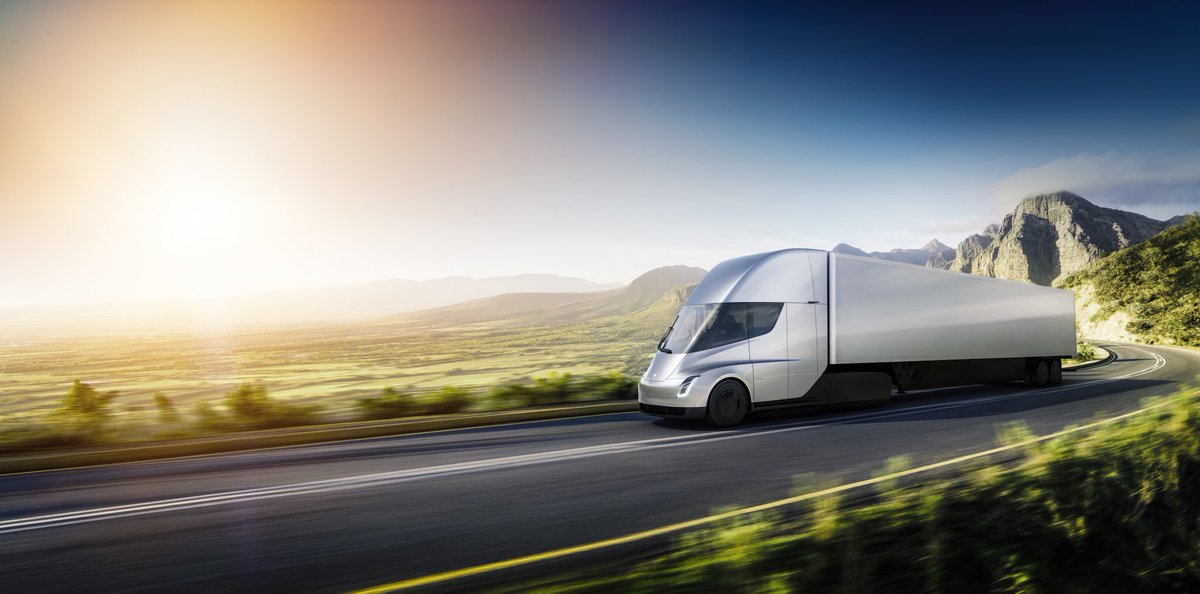
Tesla Finally Reveals Sleek New Electric 'Semi' Truck
The new Tesla Semi looks similar to other big rigs, but sports a refreshed, futuristic look.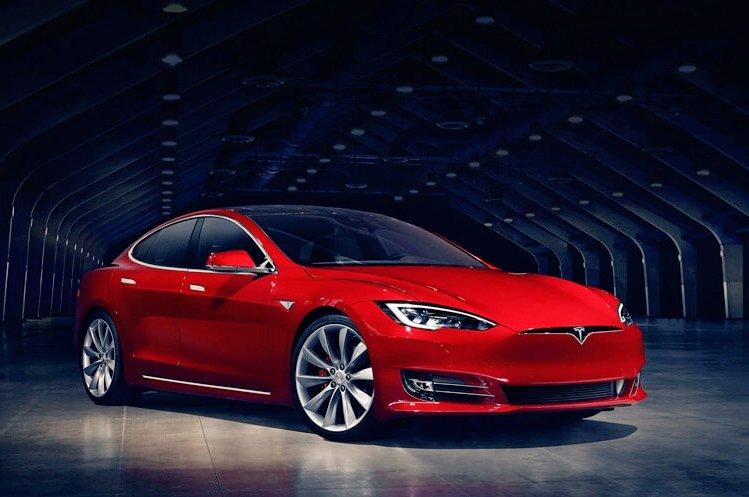
Tesla Upgrades Range For Cars In Hurricane Irma's Evacuation Zone
Tesla is helping Model S and Model X owners get better range if they live within the Hurricane Irma evacuation zone. Here's how they do it.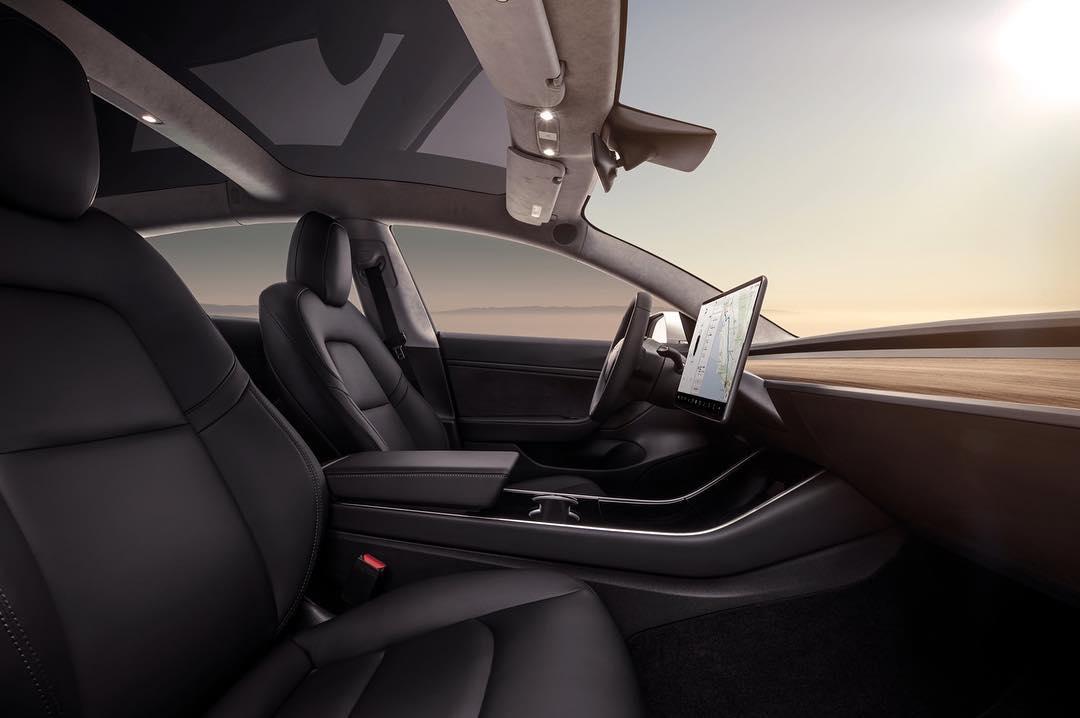
Tesla's Model 3 Release Promises Serious Upgrades And Customization
After months of hype, Tesla’s Model 3 was finally released at a handover event in Fremont, California, last weekend.